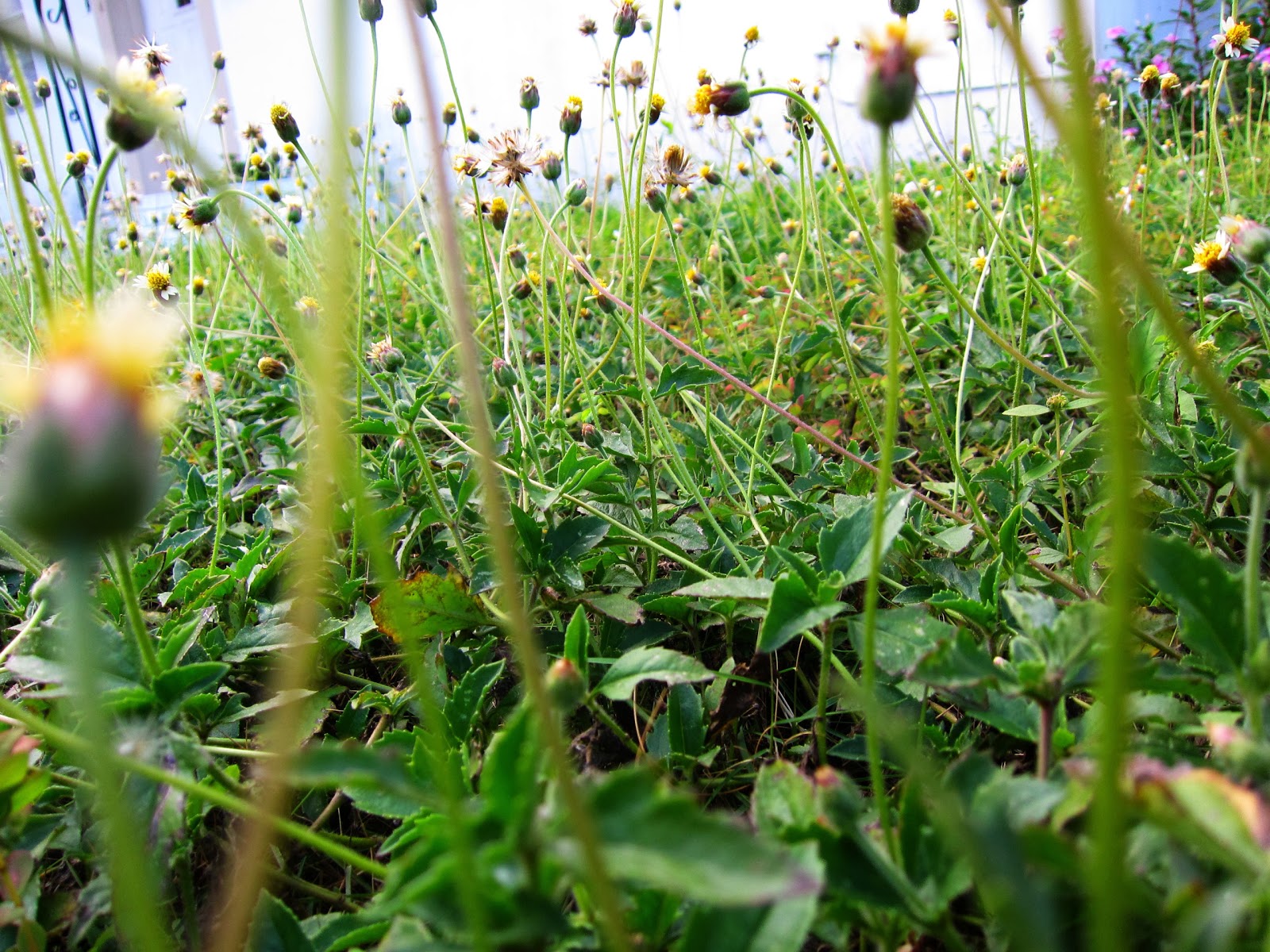This post is about the chant. To see (and hear) the chant itself, please refer back to the previous post, which has the whole chant in Hanja, Hangul and romanized transliteration, some very literal translations, and a video:
Ye Bul (禮 佛 / 예 불), AKA: Homage to the Three Jewels
First, lets look at the structure of the “Homage to the Three Jewels” (Ye Bul). In brief, there are three parts to the chant:
- Incense Offering
- Seven Prostrations
- The Great Wish (for all beings to attain Buddhahood)
Note that the Three Jewels are praised in each of the three sections, but the second section praises them at much greater length.
The Incense Offering (the first section) is a very nice little ritual in it’s own right. It starts with a passage from the Platform Sutra concerning “the five types of incense of the Dharmakaya”. And then comes the incense offering mantra, repeated three times.
The Seven Prostrations (the second section) are:
- Prostration to Shakyamuni Buddha
- Prostration to all the Buddhas
- Prostration to all the Dharmas
- Prostration to the Four Great Bodhisattvas (Manjushri, Samantabhadra, Avalokitesvara, Ksitigarbha)
- Prostration to the great disciples of Shakyamuni Buddha in particular (and all the “countless noble compassionate Sanghas” in general)
- Prostration to the great teachers who brought the Dharma from East to West (and especially to Korea), and to all good spiritual friends.
- Prostration to all the Sanghas
The Great Wish (the third part) starts with 唯願 (유원, yu won), which literally means “only desire”. This is sometimes used as a Chinese translation of the Sanskrit sādhu. But in this context it means “only wish” as in the truest desire of one’s heart. And this is, of course, for the ultimate liberation of all sentient beings.
Now let’s look at the chant in a little more detail. There is a lot going on the Ye Bul chant. Below I’ll explore some of the nooks and crannies of this wonderful practice. I’ll keep adding to it as time goes on, so you might want to check back periodically to see what’s new. Also at least at first, a lot of the below are just stubs to be filled out later.
• 戒香, 定香, 慧香, 解脫香, 解脫知見香
śīla incense, samādhi incense, prajñā incense, mokṣa incense, knowlege of mokṣa incense
The “five kinds of incense of the Dharmakaya” as found in the Platform Sutra, Chapter 6, on “Repentance”.
• 至心歸命禮
sincere mind homage
至心 is a two character word meaning “sincere/sincerity/sincerely”. 歸命禮 is a three character combination used by Chinese Buddhists to mean “homage”. Put together, the five character combination 至心歸命禮 is at least as old as Xuanzang (玄奘法師, 7th century CE) for it appears in his “Praise for the Four Rites of Maitreya” (贊彌勒四禮文). Xuanzang is of course famous for his 260 character translation of the Heart Sutra into Chinese – which is the one used to this day by Buddhists throughout the world.
• 三界道士, 四生慈父
Great Teacher of Three Realms, Loving Father of the Four Lives
• 十方三世
Ten Directions, Three Worlds
• 帝網刹海
Indra’s Net Land Ocean
This is a pretty densely packed little four character combination. The first character, 帝, which in Sino-Korean is pronounced as 제 (je), is the character for “Emperor”, which can also be used to refer to the Hindu God Indra (because he is the “Emperor” of the Gods). The second character, 網 (망, mang), means “net”. Originally 網 referred to a fishing net, but in Chinese it also means “internet”, and the two character word “上網” means “online” (the first character, 上, means “on”). So taken together 帝網 means Indra’s Net (see for example this entry in the Nichiren Buddhism Library). Then come the characters 刹 (찰, chal) which by itself can be used as the Chinese translation of the Sanskrit term kṣetra, which in turn is often translated into English as “realm”. But the Chinese like two-character words, so they add 海 (해, hae), meaning ocean. Taken together, many translators give “land(s) and sea(s)” for 刹海, but it’s probably better to see this as another (more Chinese, because it has two characters) way of saying kṣetra (realm). So, all four characters together, 帝網刹海, is a very nice Buddhist (and, especially Hwaeom Buddhist) way of saying “absolutely everything”, as in “all the realms within Indra’s Net”.
• 佛陀, 達摩, 僧家
Buddha, Dharma, Sangha
Korean Buddhists have (at least) two different ways of referring the Buddha, the Dharma, and the Sangha. One way uses one syllable words for each: 佛 (불, bul), 法 (법, beob), and 僧 (승, sung). The other way uses two syllable words: 佛陀 (불타, bulta), 達摩 (달마, dalma), and 僧家 (승가, sunga). Just to keep things interesting, the two character words for Buddha and Sangha start with the one character word, but that is not the case for Dharma!
• 西乾東震 及我海東
west sky east lightning reach self korea
• 善知識
kalyāṇa-mitratā (spiritual friendship)
• 大慈大悲
Great Love Great Sadness
• 冥熏加被力
Mysterious and profound blessings (subtle smoke adhiṣṭhāna)

